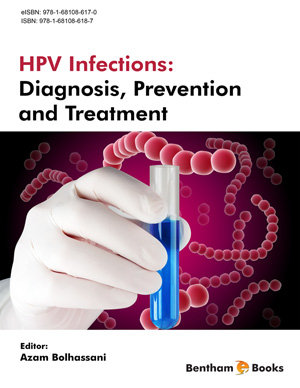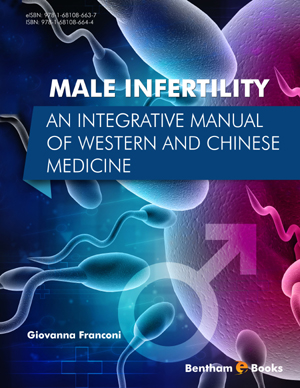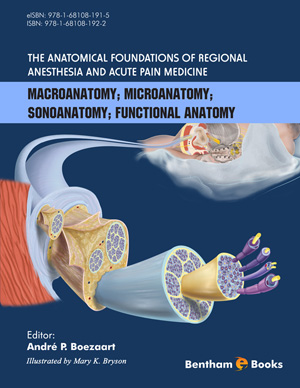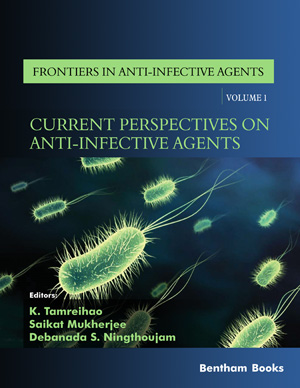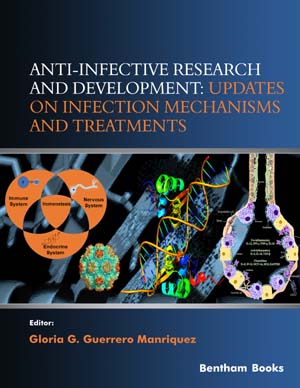Abstract
During the last years, several researchers have properly focused on classifying variants of human papillomaviruses (HPVs). HPV variants are different in their biological, molecular and chemical properties. Thus, this genomic diversity can represent differences in the natural history and pathogenicity of HPVs. For instance, high-risk HPV variants such as HPVs 16 and 18 can confer various risks of viral persistence in the human cervix and cause cervical cancer. Moreover, low-risk HPV variants including HPVs 6 and 11 can play an important role in the development of anogenital and cutaneous warts, and recurrent respiratory papillomatosis (RRP). Herein, we will discuss main and novel types of HPVs and their correlation with intensity of diseases.
Keywords: Benign disease, Genomic diversity, High-risk HPV, Low-risk HPV, Malignant disease.Benign disease, Genomic diversity, High-risk HPV, Low-risk HPV, Malignant disease.


